
Energy Intelligence | What’s at Stake if Wider Mideast War Erupts?
In a recent article by Energy Intelligence, Hans Tino Hansen, CEO of Risk Intelligence, shared his perspective on the escalating tensions in the Middle East and their potential implications on regional infrastructure.
Published on 2 August 2024, the article delves into the mounting concerns of a broader conflict following recent strikes by Israel on Hezbollah targets and the assassination of Hamas' Ismail Haniyeh in Tehran.
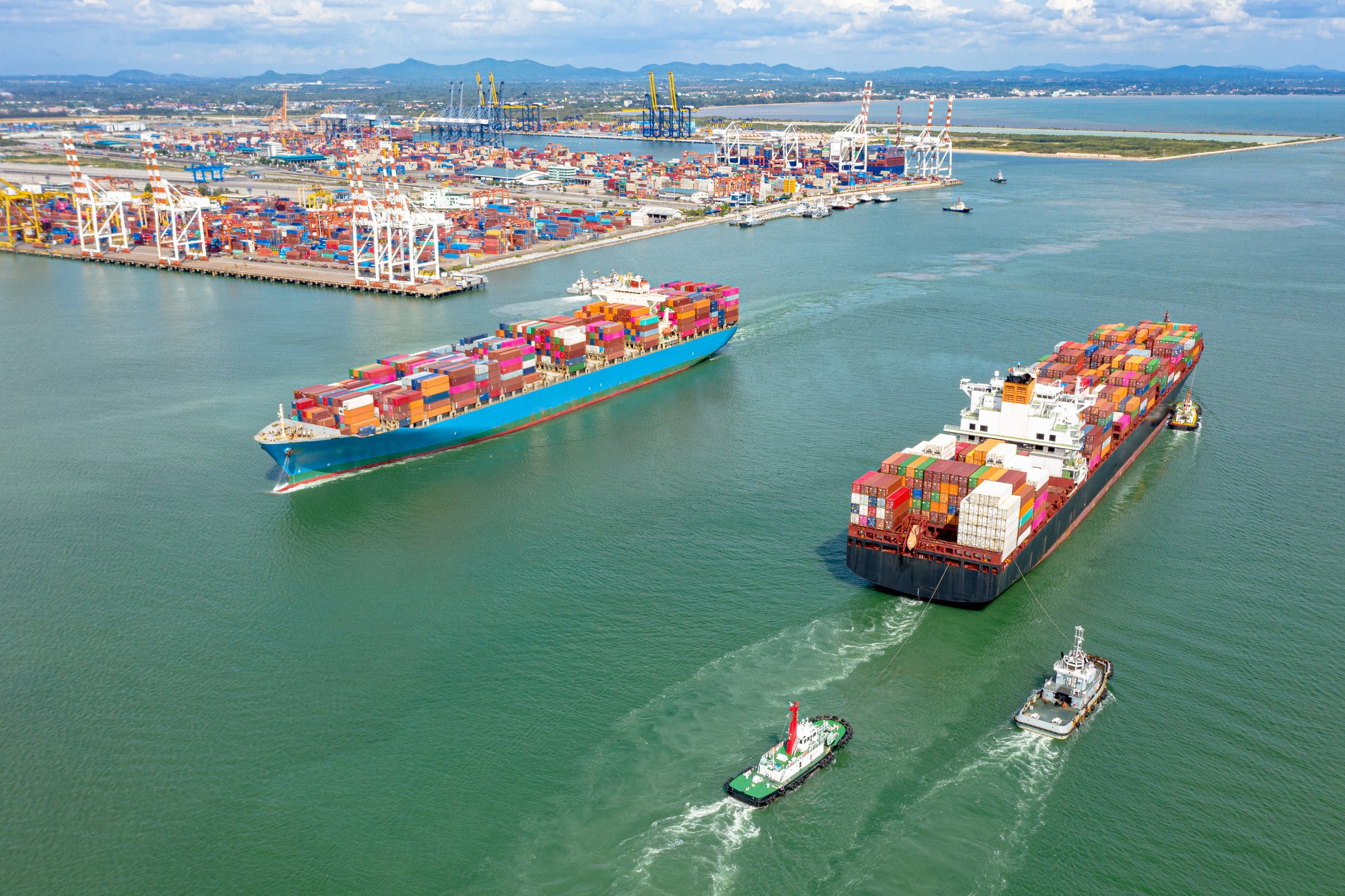
Le Monde: Map of disruptions on maritime routes
Louis Borer, Senior Analyst of Risk Intelligence, was recently interviewed to provide insights on various maritime threats for an article and overview map produced by Le Monde's cartography department.
The original release date of the article was on 2 March 2024, as published by Le Monde.
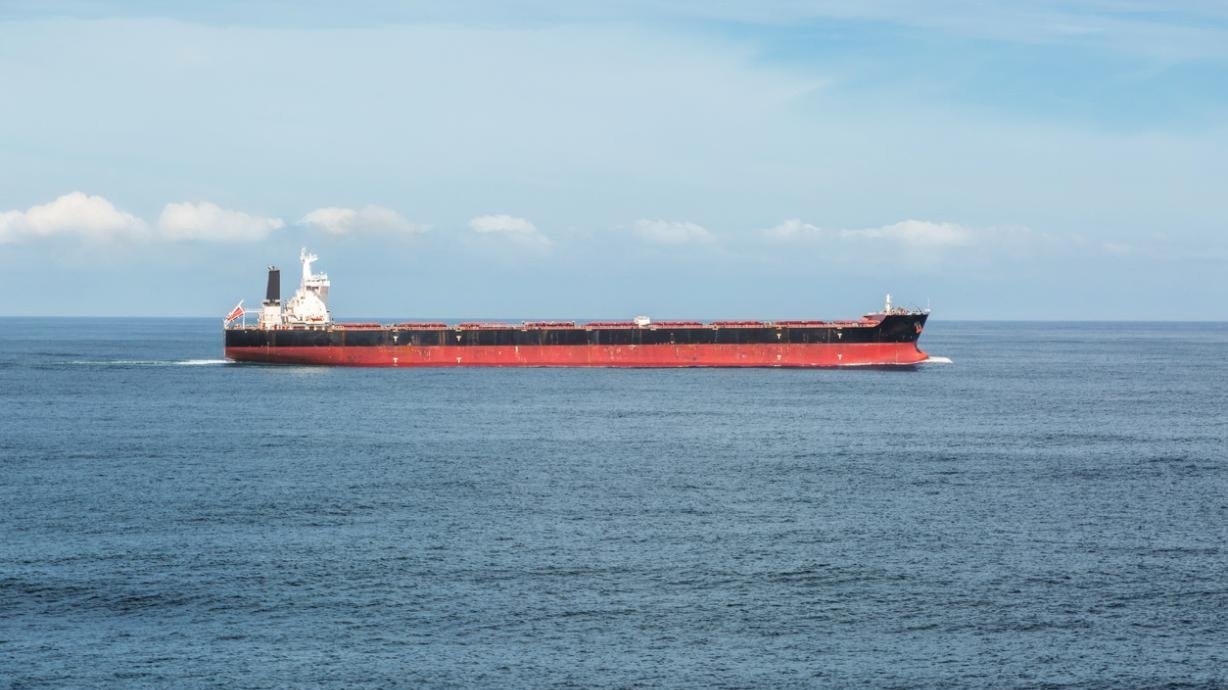
Aftenposten: The ongoing situation in the Red Sea and Gulf of Aden
In a recent interview with journalist Vemund Sveen Finstad from Aftenposten, Hans Tino Hansen, the CEO of Risk Intelligence, shared insights into the escalating crisis in the Red Sea. As tensions rise, Hansen sheds light on the defensive strategies employed by the coalition forces, emphasizing the importance of risk assessments for shipping companies.
The original release date of the article was on 22 December 2023, as published by Aftenposten.
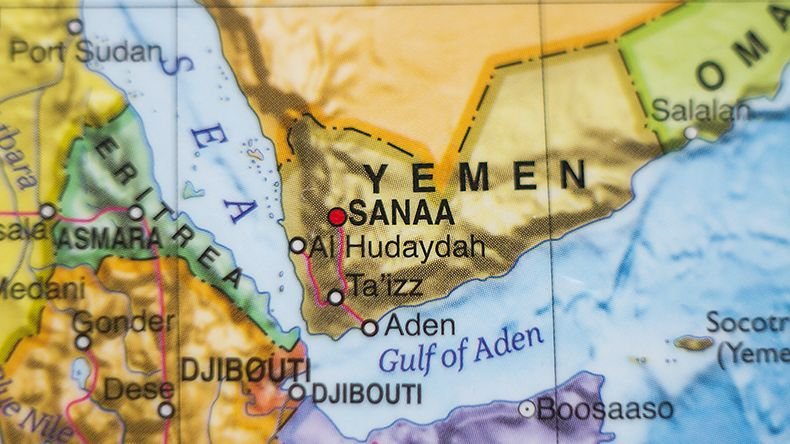
Lloyd's List: 'Yemen risk assessment: Direct threat to shipping remains low but collateral damage hazards remain'
Bridget Diakun had an interview with Risk Intelligence's MENA analyst Kais Makhlouf where he talked about the conflict in Yemen and its potential impact on shipping.
During the recent interview, MENA analyst had the chance to share his thoughts on the current situation and other relevant aspects relevant to the subject. While reflecting on the negotiations between the Yemeni government and Houthi rebel group, Makhlouf said: "As long as the Houthis believe that current negotiations can lead to a beneficial outcome, we believe they will refrain from striking shipping".

Second Line of Defense: ‘The way ahead for Northern European Defense’
Second Line of Defense had an interview with CEO of Risk Intelligence Hans Tino Hansen on the challenges and opportunities for restructuring Northern European defense associated with the addition of Finland and Sweden to NATO.
The article starts with Risk Intelligence’s CEO describing the Northern European defense area as one large continuous region. Therefore, he explains how it extends from North America across the North Atlantic and the Artic alongside the Nordic countries, further down into the Baltic. More, he elaborates on the “three clusters of dense problems” within the region: the first one covers the North Atlantic area, and the challenges around it related to the gap between Greenland, Iceland, and the United Kingdom;
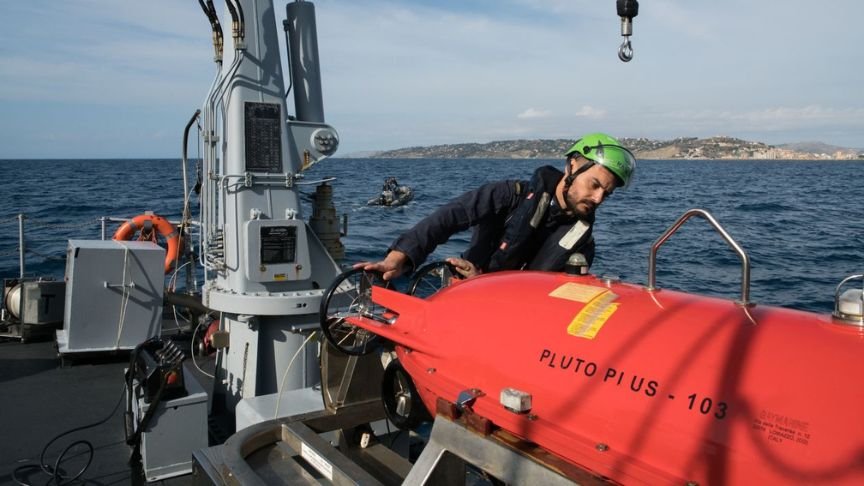
The Wall Street Journal: ‘Fearing Sabotage, Europe Patrols Pipelines With Mine Hunters and Unmanned Subs‘
The Wall Street Journal interviewed Risk Intelligence CEO Hans Tino Hansen on the threats and security risk for critical energy infrastructure, alongside the lack of attention to those since the end of the Cold War.
Risk Intelligence’s CEO Hans Tino Hansen was asked for his opinion on the threats and security risk for critical energy infrastructure. He said that “Europe’s armed forces don’t have the resources needed to fully protect the energy infrastructure“. Moreover, he added “If you operated in the North Sea or in the Baltic after the Cold War, you gave security risk assessments very little consideration.”

The Maritime Executive: ‘Cyber Pirates‘
The Maritime Executive interviewed Risk Intelligence Europe and Russia Analyst Kristian Bischoff on cyber piracy, ransomware and the importance of having the staff instructed on how to behave in the online environment.
Our analyst, Kristian Bischoff, highlighted the power of the cyber world: “Cyber is one of the most effective weapons in the gray zone before a war. It's unattributable, and you don't know from where it comes. You can do many shaping operations, espionage, and plant malware“. Further, he added that "Cyber piracy, where a vessel is held for ransom, does exist," while mentioning that "If you really want to perform destructive activities, interested parties still maintain classic methods such as kinetic weapons.
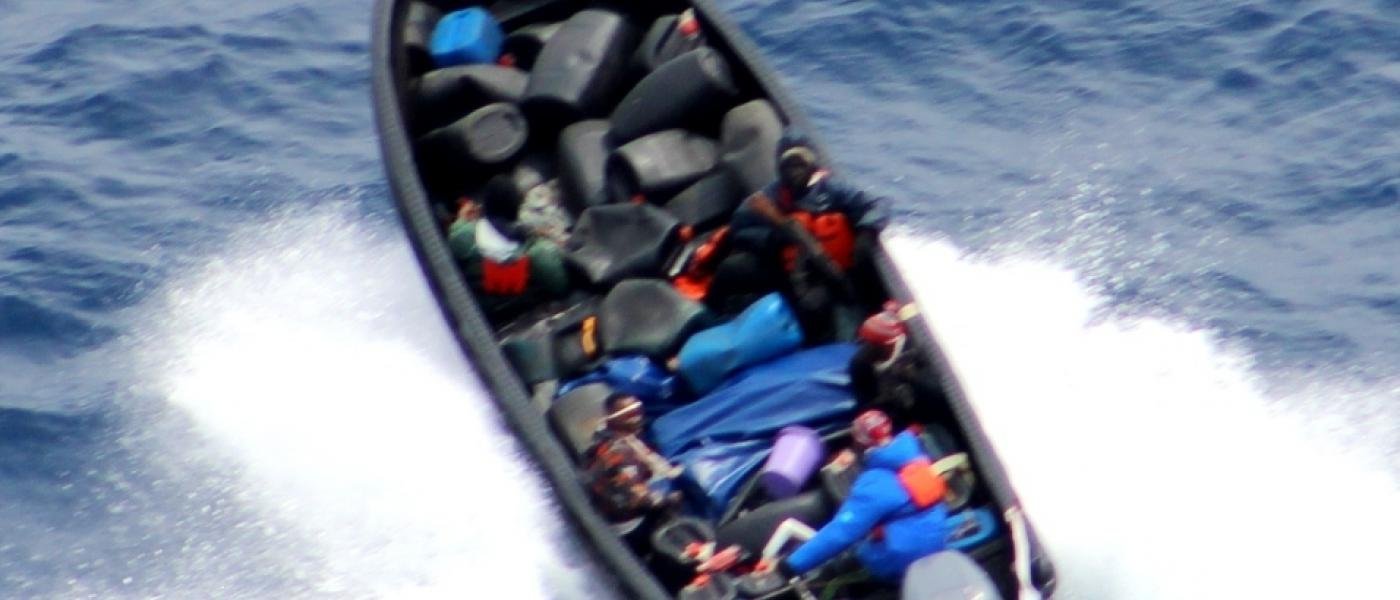
Mer et Marine: ‘Gulf of Guinea: Why is piracy at its lowest?‘
Mer et Marine’s Gael Cogné interviewed Risk Intelligence Senior analyst Dr. Dirk Siebels about the piracy situation in the Gulf of Guinea area, where piracy incidents are suddenly at the lowest level for many months. Siebels shared an overview of the situation in the region outlining current risks and potential gains in the regional and international efforts to combat piracy.
For several months, the waters of the Gulf of Guinea have been strangely calm, writes journalist Gael Cogné before diving deeper into the current situation in the Gulf of Guinea in this feature. The article opens with a number of incidents in the area comparing 2021 with the year 2020, following with information about foreign vessels, local action, theft of crude and risk and gains.
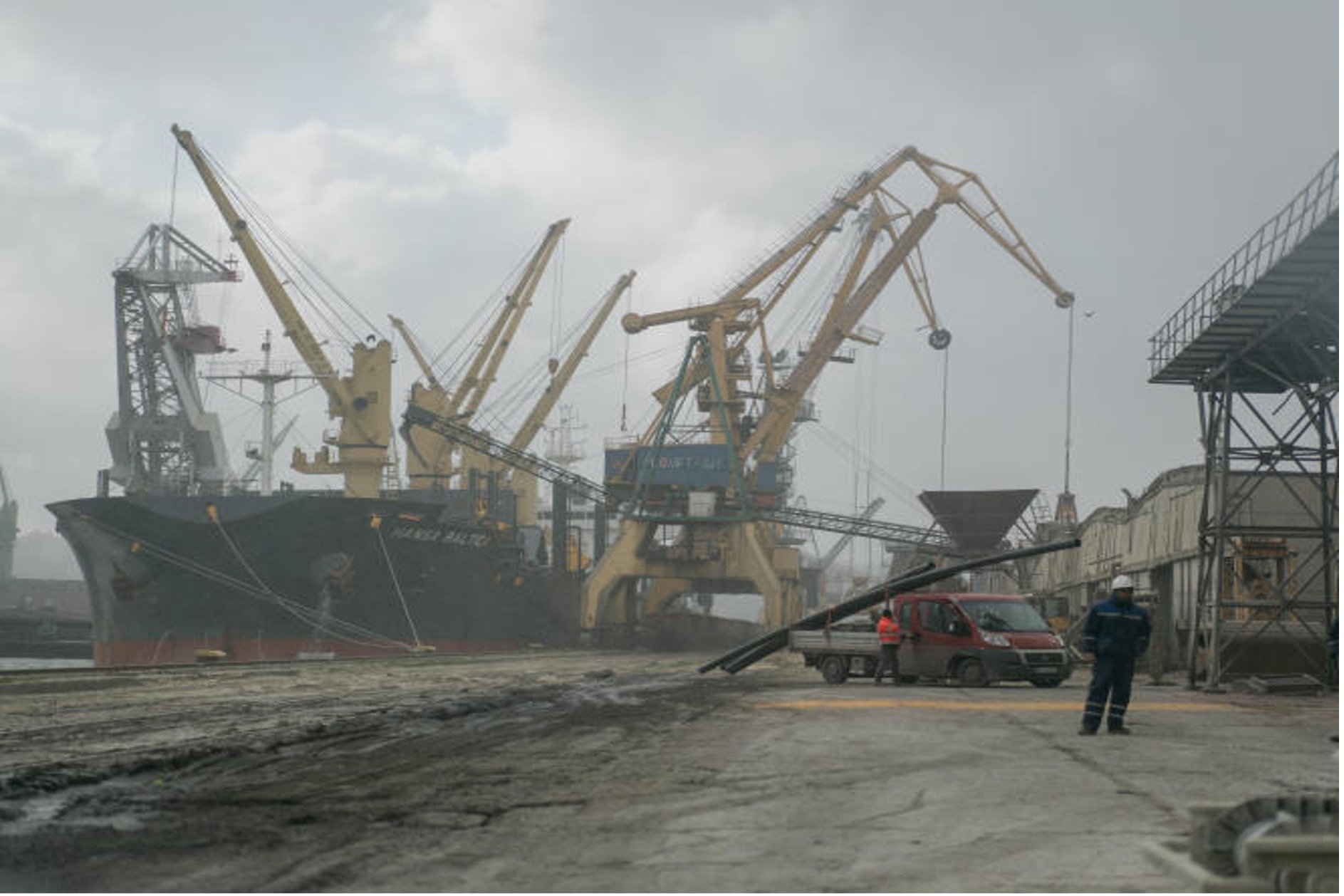
Le Monde: ‘World shipping suffers the consequences of the war in Ukraine‘
Following Risk Intelligence’s briefing on Russia’s war in Ukraine, journalist Julien Bouissou interviewed Risk Intelligence’s PortRisk Manager, Ian Wilkinson, who shared perspectives on the long-term impact on maritime operations of the current conflict.
Considering the maritime implications of the conflict between Russia and Ukraine, journalist Julien Bouissou dived deeper into the consequences suffered by the shipping industry in this feature from ‘Le Monde‘. The article opens with a look at the ships and crews that have found themselves in the proximity of the conflict, and the direct risks concerning them.
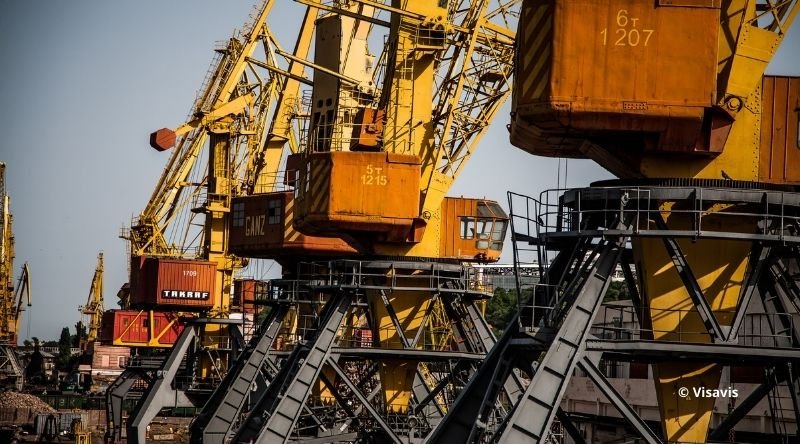
Ports et corridors: ‘Ukraine: political tensions and effects on port traffic‘
While looking at the five potential scenarios highlighted by Risk Intelligence that might be considered by Russia, Cheif editor of Ports et corridors, Hervé Deiss, emphasized Risk Intelligence’s analysis of the collateral damages faced by port facilities in Ukraine, where both the maritime navigation and land infrastructure can be impacted and even attacked.
In the article, Deiss highlights how Russian naval manoeuvres have already compromised access to Ukrainian Black Sea ports, and reports how Ukraine’s Ministry of Infrastructure has advised the maritime sector to seek alternative routes to bypass the Russian blockade. A proposal proven to be successful and therefore confirming that the maritime trade is not yet impacted by the current crisis. Even so, an increase in freight rates for ships in the Black Sea has been noted.
